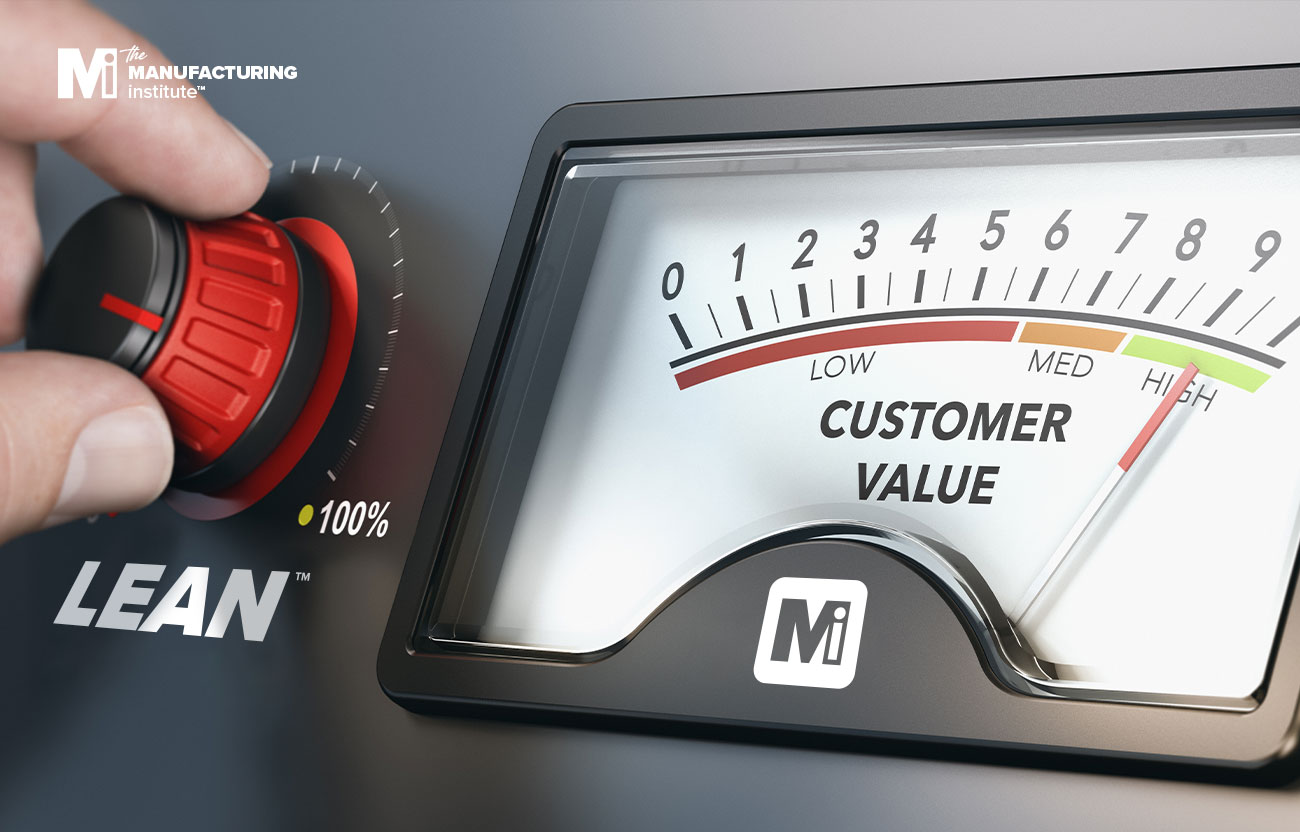
## Transitioning from support to a core function
In the rapidly evolving tech landscape, the traditional divide between tech and commercial teams is fading away. This blurring of lines has significant benefits for both sides. For tech teams, it means having a seat at the table alongside their commercial colleagues. This shift from a support function to a core function empowers tech workers to better understand the needs and goals of other teams and how their work impacts the business as a whole.
One key factor driving this change is the advent of data tech. Over the years, the hype cycles surrounding big data, business intelligence, and AI have introduced new skills, challenges, and collaborators for CTOs and their teams. However, it has also increased the gap between technical teams and the rest of the organization. Tools built by tech experts who don’t fully understand the needs and processes of commercial teams often end up being of limited use.
To bridge this gap and ensure that technology investments deliver measurable returns, organizations must prioritize a culture of collaboration and understanding. The centralized data architecture brought about by data tech has played a crucial role in this transition. It has eliminated data silos and provided a clear picture of the commercial landscape, enabling tech teams to see how their actions impact other teams and the bottom line.
This shift in perspective has given rise to new ways of working. Technical individuals are no longer isolated, fielding disconnected requests from different departments. Instead, they now have a rewarding viewpoint that allows them to see the impact they have on the business in monetary terms. This understanding has led to a new approach that maximizes their contribution and aims to generate value as quickly as possible.
## Introducing lean value
In an environment where return on tech investment is closely scrutinized, it’s essential for tech teams to embrace a framework that prioritizes value. Lean value is a project management methodology that emphasizes ruthless prioritization to maximize value. It involves focusing on research and tasks that have the highest likelihood of delivering value or advancing organizational goals while deprioritizing non-critical tasks.
The lean-value approach also encourages the development of a minimum viable product (MVP) and the application of lean principles across engineering and architecture. It avoids the temptation of striving for a perfect build in the initial pass and instead focuses on incremental changes and continuous improvement. This approach not only reduces unnecessary code but also keeps teams focused and prevents them from losing sight of the bigger picture.
Moreover, the lean-value framework is inclusive and provides a clear framework for individuals within the team, including those who are neurodiverse. It ensures that everyone remains anchored to a common goal and maximizes their potential contributions.
The result of implementing lean value is accelerated product rollouts. By adopting a modular microservice architecture and conducting weekly reviews, tech teams can make changes incrementally and avoid extensive redesigns. This approach allows for faster value delivery, increased efficiency, and improved overall performance.
## Leveraging LLMs to improve quality and speed up delivery
Efficiency is a crucial aspect of the lean-value approach. To save time and resources, tech teams can leverage tools such as AI-generated code. For example, GPT-4o can generate architecture and feature recommendations, saving valuable time for senior staff who can then focus on critically assessing and refining those recommendations.
However, it’s important to mitigate risks and ensure that humans are never entirely out of the loop. Each build increment must be production-ready, refined, and approved by experienced team members who oversee all code, including generated code. This oversight ensures adherence to ethical and technical codes of conduct and maintains the quality and integrity of the final product.
## Data lakehouses: lean value data architecture
The lean-value approach extends beyond product development and project management. It also applies to data architecture, leading to the adoption of data lakehouses. A data lakehouse combines the benefits of a data lake and a data warehouse, allowing for the storage of both structured and unstructured data.
Traditional enterprise data warehouses (EDWs) often require years of standardization and structuring, limiting their utility for unstructured or varied data formats. In contrast, a data lakehouse supported by large language models (LLMs) can process diverse data formats and automatically transform them into valuable insights.
By leveraging LLMs to process data, tech teams can significantly reduce the time required for data standardization and structuring. This approach speeds up time to value, reduces costs, and maximizes return on investment. However, it’s crucial to establish robust data governance practices to maintain quality, security, and compliance. Balancing the performance of querying large datasets with cost efficiency remains an ongoing challenge that requires continuous optimization.
## A seat at the table
The lean-value approach, with its focus on delivering value and fostering collaboration, has the potential to transform how technology teams integrate AI insight with strategic planning. By aligning technology investments with commercial objectives, tech departments can drive revenue growth and contribute as much to the bottom line as other departments, such as sales or marketing.
In conclusion, the blurring of lines between tech and commercial teams has opened up new opportunities for collaboration and innovation. The lean-value framework, combined with the power of data tech, allows tech teams to have a significant impact on the business. By prioritizing value, embracing efficient tools like LLMs, and adopting lean-value data architecture, organizations can maximize the potential of their technology investments and drive sustainable growth.

